Treatment of cabbage from pests with folk remedies and insecticides
Cabbage is attractive to many insects. In order not to be left without a crop, it is important to know how you can treat cabbage from pests at every stage of its development.
Common cabbage pests
More than 30 types of pests cause damage to cabbage. They can be divided into two groups:
- soil - damage the roots;
- ground-air - damage leaves and stems.
Especially harmful:
- cruciferous fleas - light-footed, black, wavy;
- cabbage aphid;
- whiteflies - cabbage, greenhouse, tobacco;
- caterpillars of cabbage and turnip;
- soil pests - cabbage fly larvae, bear.
The cabbage fly is harmful in spring and summer. The insect lays eggs in the ground next to the stems of young plants. The larvae that hatch from the egg damage the cabbage roots.
Butterflies - cabbage moth, scoop, whiteworms - make clutches on the lower surface of the leaves. The hatched caterpillars gnaw the leaves, crawl inside the heads and heads of cabbage, make moves in them and pollute them with excrement.
On early and cauliflower, aphids are often found - a small sucking pest that forms vast colonies. The leaves on which aphids have settled are twisted, the plant lags behind in development. Aphids on broccoli and cauliflower are especially unpleasant. Insects penetrate the spaces between the inflorescences, from where they are difficult to extract.
Processing folk remedies
Folk remedies are needed to protect early ripening types of cabbage: early, salad and leafy. Due to the short growing time, early maturing cabbage should not be sprayed with insecticides. Pest control is mainly about preventive measures.
Advice
Late cabbage can be safely treated with insecticides, since by the time of harvest the poisonous preparations will lose their toxicity.
Collard greens (plume, pak-choi) and Peking cabbage (petsai) have tender, succulent leaves and attract a large number of leaf-eating and sucking pests. Cruciferous fleas and slugs are especially annoying. If these pests get close to a loose head of cabbage, it will be impossible to fight them - they will quickly destroy the plant, from which only perforated leaves will remain.
Landings are covered with non-woven fabric. This simple trick will help isolate plants from fleas and slugs. Dusting the beds of wood ash immediately after planting seedlings helps well with flea beetles.
For aphids and caterpillars, a soap-ash infusion is used.
- A tablespoon with a slide of ash is poured with a liter of boiling water.
- Mix well and leave overnight.
- Strain in the morning, add a few drops of liquid soap and spray the plants at 5-6 in the morning, trying to capture the lower part of the leaves.
- The processing of cabbage from pests is repeated every other day.
If aphids have appeared on Chinese cabbage, you can prepare a decoction from wood ash:
- sift 300 g of ash;
- to fill with water;
- boil for 20 minutes;
- let stand;
- strain;
- dilute in 10 liters of water and spray the plants.
Such a broth drives away aphids not only from cabbage, but also from any other garden and horticultural crops. Ash is also useful in the fight against slugs. It is sprinkled on the ground around the plants, creating concentric circles on the surface of the beds. After getting wet in the rain, the ash will no longer be an obstacle for the mollusks, so you need to alternate circles of ash with areas covered with red ground pepper, and at the same time set traps for slugs.
Advice
You cannot plant cabbage in the beds where any cruciferous plants grew in the previous season - the soil in such a place is in most cases infected with pests.
There are some more tips for protecting cabbage, cauliflower, and any other cabbage.
- To protect the roots from cabbage flies, you can simply cover the ground near the stems with non-woven material.
- Heads of cabbage are covered with a thin non-woven material to protect against butterflies. If caterpillars nevertheless appeared on the leaves, they can only be dealt with with permitted insecticides or by the “grandmother's” method - collected by hand.
- It is advisable to clear the cabbage from the caterpillars in time - until the moment when the heads of cabbage begin to curl. Plants damaged by caterpillars are less well stored and become vulnerable to bacterial diseases.
- A good solution would be to plant strong-smelling plants next to the cabbage: tagetis, mint, wormwood.
- The pungent smell of vinegar is not to the liking of many pests. To protect the cabbage, a tablespoon of vinegar essence is dissolved in 10 liters of warm water and the plants are sprayed on a clear warm day.
- The specific smell of ammonia is not tolerated by the most malicious pests of cabbage: aphids, ants, flies, bears, weevils, slugs. The drug is used for plant protection and at the same time for nitrogen fertilization. 50 ml of alcohol (1 bottle) is diluted in 10 liters of water and the plants are sprayed from a spray bottle or poured from a watering can.
- Decoctions made from tomato tops, dandelions, wormwood, onion husks, laundry soap, garlic will help from the invasion of aphids.
- Spraying the plantings with an infusion of black henbane, common dope, creeping bitterness, as well as a 0.5% solution of Enterobacterin will save you from caterpillars.
- From the second half of July, slugs rush into the garden, for which cabbage is a delicious delicacy. To protect plants from slugs, you can use a thin covering material or dust the leaves with ash (glass per square meter). Ash not only prevents uninvited guests from nibbling vegetables, but also serves as a potash fertilizer.
Advice of Oktyabrina and Alexander Ganichkin
Well-known plant protection experts recommend sprinkling the soil around the plants with a repellent mixture when a cabbage fly appears. To make it take:
- 100 g of wood ash;
- 100g tobacco dust;
- a teaspoon of ground red pepper.
The mixture is scattered over the bed and the soil is loosened to a depth of 2-3 cm. The procedure is repeated every three to four days.
To combat cabbage whitewash, plants are watered with a mixture of the following components:
- two tablespoons of mustard;
- two tablespoons of table salt;
- a teaspoon of ground black or red pepper;
- a tablespoon of liquid soap.
The dosage is given for 10 liters of water.
Cruciferous fleas are small, metallic-looking insects that feed on the soft patches of cabbage leaves. Spraying with 0.2% trichloromethane solution at intervals of 10 days helps from flea beetles.
From the cabbage fly, the soil around the root is spilled with a 0.2% solution of "Karbofos". Cabbage is processed three times with an interval of 8-10 days.
Recommended insecticides
Insecticides are chemicals that kill insects, their eggs and larvae. Depending on the way in which the drug enters the pest's body, insecticides are divided into the following groups:
- intestinal;
- contact;
- systemic;
- fumigants, or respiratory.
Most of the insecticides used to protect cabbage are of the enteric type.
Advice
When applying insecticides, the rule should be observed: if the agent does not work, the next treatment is carried out
insecticide with another active substance.
The table will help you choose the right pesticide.
Table 1. Preparations against cabbage pests, recommended for personal subsidiary plots
| Active substance | Trade name of the drug | Who is used against |
|---|---|---|
| Deltamethrin | "Decis Profi", "VDG", "FAS", "TAB" | Cabbage scoop, turnip and cabbage whiteworms, fleas |
| Diazinon | "Barguzin", "Grizzly", "Thunder", "Thunder-2", "Zemlin", "Medvegon", "Medvetoks" | Cabbage flies, bear |
| Malathion | "Karbofos-500", "Iskra M", "Fufanon-Nova" | Cabbage and turnip whiteflies, cabbage scoop, cabbage moth, flies, aphids, thrips, whitefly |
It is possible to treat cabbage with biologics against caterpillars when the larvae are still small. Older caterpillars do not respond to biological products.
System of measures to protect cabbage from pests
In the open field, cabbage is mainly grown as seedlings. At a young age, newly planted plants can be severely affected by the cruciferous flea. The ideal way to protect against pests would be to plant seedlings in peat pots at a time when the critical phase with respect to fleas has passed.
Fleas appear en masse at the end of April and are active throughout May, so you should not rush to plant seedlings. Seedlings of white cabbage in peat pots planted in the garden in early June soon overtake earlier plantings affected by cruciferous flea beetles.
During the growth of biomass and heads of cabbage, many insects damage cabbage. Each pest has its own entomophages - predatory insects capable of destroying up to 90% of the pest population. To attract entomophages to the site, nectar-bearing plants are sown next to the beds. The summer resident's task is to create a flowering carpet around the cabbage plantings. Smelling plants will be home to ladybugs, ichneumons, lacewings, predatory gall midges, ground beetles and phytoseiulus bugs.
Predatory insects are attracted by:
- dill;
- anise;
- coriander;
- phacelia;
- fennel;
- beans.
Nectariferous plants are sown along cabbage beds in strips from 5 m in length.The zone of action of most entomophages is 50 m. Fast-flowering plants - dill, phacelia, coriander - are sown twice a season: when planting seedlings and 2 weeks after. The double seeding helps to form a real odorous conveyor. One flowering dill plant provides additional nutrition for such a number of entomophages, which is enough to destroy all cabbage aphids on the site.
Deep cultivation of the row spacings destroys the cocoons of the scoop and whites. Tillage measures should be carried out during the period of mass release of caterpillars from eggs or in early July, when they pupate in the upper soil layer.
The use of pesticides can be attributed to the operational measures required in case of an outbreak of pests.
In a properly managed home garden, environmentally friendly methods of protecting cabbage give up to 70% of the effect. The remaining 30% comes from biological agents and pesticides. Moreover, insecticides are used only locally - on individual plants.
Insects and slugs make cabbage growing difficult. Knowing ways to combat pests, you can significantly reduce the harm from their presence, or even get rid of them altogether.

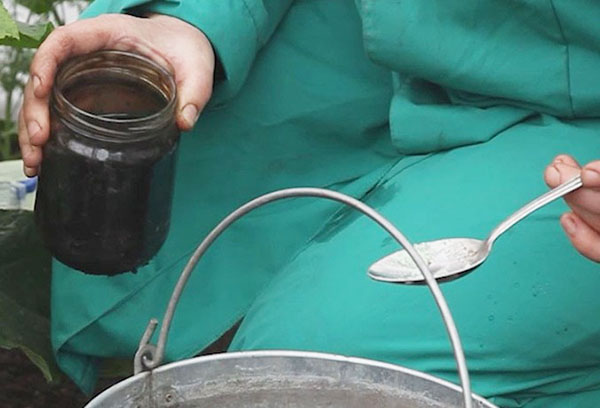
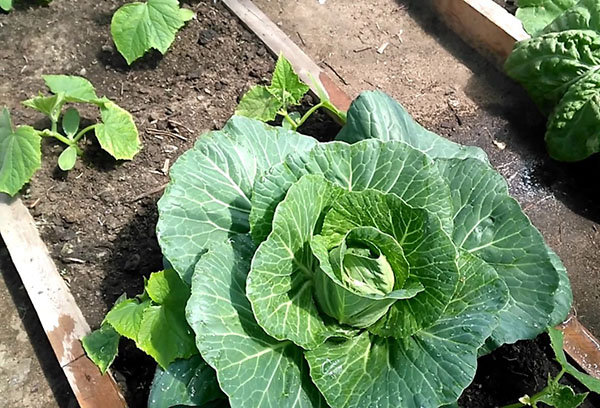
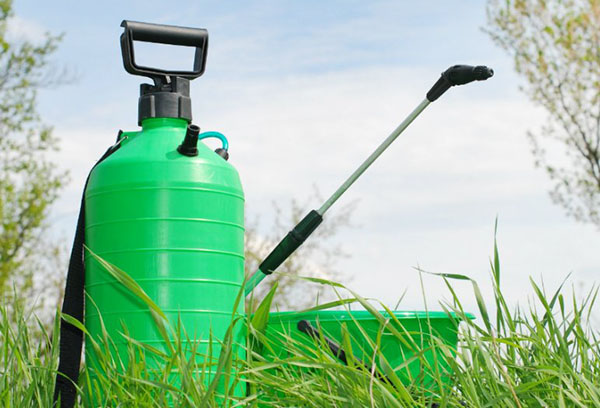
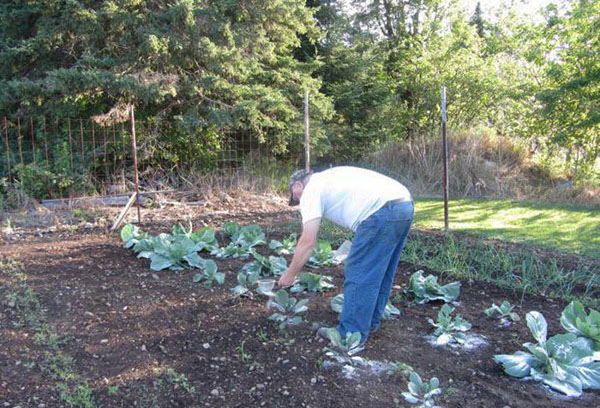

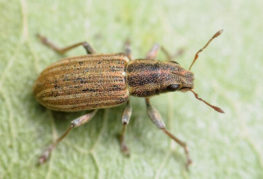
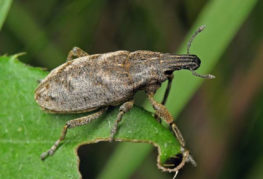
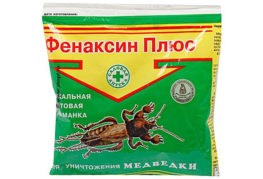
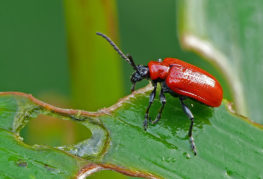
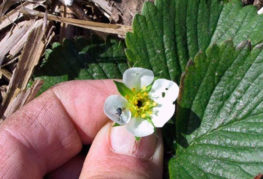
and will be published shortly.